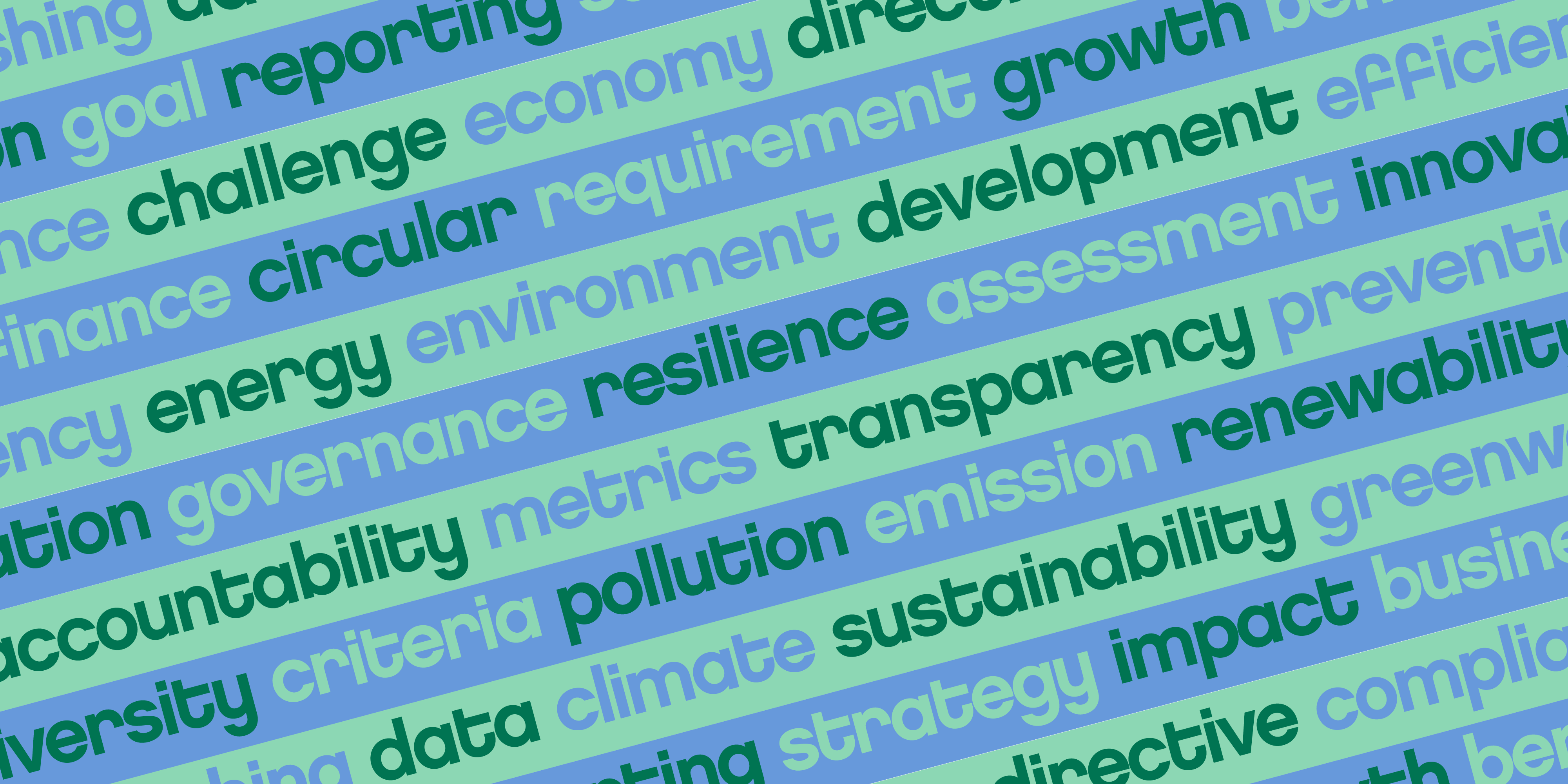
Sustainability
6 minute read
A summer of sports: overcoming the hurdles of sustainability
Sports fans worldwide are having a feast in Europe this summer, as iconic live sporting events converge on the continent. While they are amazing experiences that offer a festive atmosphere for the athletes and fans alike, and a chance to come together over the love of competition and camaraderie, their carbon footprint is immense. Journalist Ashley Winchester takes the pulse on how to make sports more sustainable, and on the leaps and bounds that are being made to reduce the carbon footprint of large sporting events all over the world.
Today, major sporting events present an opportunity for hosts to serve as an example for sustainability best practices. By working with renewable fuel, energy and materials, building with sustainable designs, and using smart waste management, event hosts can set a positive benchmark for sustainable practices worldwide, while putting local communities first and keeping fans excited about attending.
Renewable and reliable power and transportation solutions
A key way to reduce the carbon footprint of major sports events is to rethink how they are powered, and how fans and players get to and from the events.
Encouraging fans to use public transport helps cut congestion as well as emissions. For example in Germany fans with tickets to attend football matches were incentivized to use trains this summer. In Paris, efforts have also been made for cycling to be a more attractive option to get about – not just for the sporting events but to benefit the local communities beyond them too, with thousands more bikes available for sharing, miles of new dedicated cycling routes as well as more bike parking facilities at train stations.
Electrification also has a big role in reducing on-site emissions – but it has its limits in terms of its applications.
“One of the highest factors of a sporting event’s carbon footprint is in the use of generators. We have been testing electric generators at sports venues, but this technology cannot yet support the scale of major international competitions on their own,” says Katie Gavitt, Green Sports Alliance’s (GSA) associate manager of operations, member services, communications and events.
That’s where renewable fuels, like Neste MY Renewable Diesel, can step in, says Carrie Song, Senior Vice President, Commercial, Renewable Products, at Neste, the leading producer of renewable diesel and sustainable aviation fuel. “This fuel, made from 100% renewable raw materials, offers a lower-emission solution to the immense power demands of large-scale events,” Song says. It’s also drop-in ready, suitable for use in diesel engines or generators without any expensive modifications to already existing systems.
Renewable diesel and sustainable aviation fuel (SAF) are being deployed at major events to reduce the environmental impact of the travel and transport to and from the venues. “It’s all about reducing the carbon footprint and the level of dependence on fossil fuels,” Song says.

Sustainable food for thought
Whenever there’s a major sports event, there’s inevitably huge quantities of waste – and hundreds of thousands of fans and players all have to eat and drink. But relatively small changes in thinking about food and waste management – from delivery to consumption to trash – can make a big difference.
For example, used cooking oil (UCO) can be collected from restaurants and catering facilities to avoid it going into landfill or clogging up sewage systems. At Super Bowl LVII, Neste worked with its subsidiary, Mahoney Environmental, to collect 450 gallons of UCO. This waste can be recycled and refined into renewable fuels, or used to produce renewable raw material for polymers and chemicals, which can then be turned, for example, into more sustainable, bio-based plastics.
“Putting a composting stream in place is also a great way to rethink waste at sporting events,” Gavitt suggests. The GSA has had great success recently in working with stadia across the United States to implement a composting stream at the College Football Playoff.
“Recycling at these major events is also about educating fans,” she says. “Consumers don’t always know how to properly recycle. So if you want to start recycling, you have to educate your fans in order for them to do it correctly.”
An obvious way to reduce the amount of waste produced at major sporting events in the first place is to avoid disposable items. In France, the country recently banned single-use plastic from fast-food venues where restaurants serve more than 20 customers at a time. Gavitt says this kind of regulation can make a huge difference in reducing the amount of waste produced from major events. “Rather than choosing single-use straws, cutlery, drinking bottles, and other plastics, a venue can encourage reusables,” Gavitt says.
“Just having refillable water stations can make the biggest difference, in terms of plastic pollution at sporting events,” she says.
The building blocks of sustainable live sporting events
Hosting major sporting events has traditionally meant huge building projects with often limited longevity beyond the event itself. Paris is showing the way this summer on how to set a positive example in building less and more sustainably when planning sporting venues – while also helping regenerate local areas with the long-term in mind.
Indeed, the only new permanent site built for the Games this summer has a carefully thought-out afterlife designed to benefit that part of the city and its residents. Meanwhile, athlete accommodation interiors in Paris, which are temporary by nature, are designed with circularity in mind. Beds, bedding, chairs etc. are either made from recycled or easily recyclable materials, or have already earmarked second-hand destinations.
“Building with reuse in mind is also picking up traction at major events in the U.S.,” says Gavitt. The GSA has worked with hosts of competitions there to reuse and repurpose construction materials and decor, for example repurposing sod from tailgating events to build new playing fields for local communities after the events.
Gavitt also points to the need to factor in extreme weather changes that we are already seeing, as part of planning major sporting events. “Adapting venues to accommodate the possibility of severe weather fluctuations is the new normal,” Gavitt says. This could include adding more shade elements or protection from rain.
Keeping fans and athletes cool in the ever more recurring heat waves can be a challenge for event organizers with sustainability on their minds. With this in mind, Paris is trialing shunning individual high-emission air conditioning units in athlete accommodation in favor of a system which cools with water pumped from the Seine River.
Sustainability from athletes up
Beyond the organization and running of major sporting events, sustainability is an important consideration for athletes and teams – down to the brands they associate with and the kits that they wear.
“Sustainable fashion is a win for fans, and for the environment,” Gavitt says.
“Fans, especially the Gen-Zers, are more aware of brands that they want to associate themselves with because they do good for the planet. They want to know a brand is using the ‘right’ materials” and being responsible all along the supply chain,” she says.
In a new initiative and in partnership with seven companies across five countries, Neste is involved in kitting out athletes with clothing made with a new polyester fiber produced with Neste RE from renewable and bio-based materials.
“It's been a long collaboration,” says Song, “But it is exciting to see products such as sports uniforms produced with Neste RE used in different sporting events starting summer 2024."
Credits:
Ashley Winchester is an American journalist whose work has appeared in The New York Times and the BBC, among other national and international publications.





